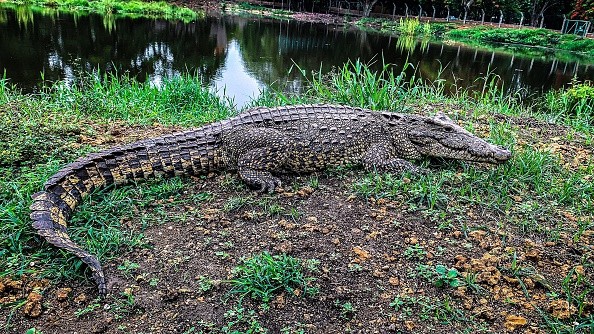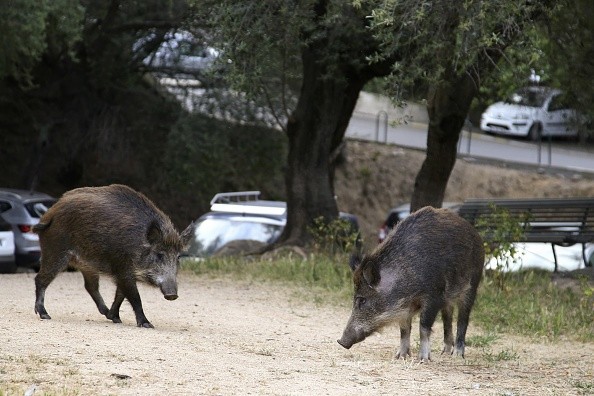A new study reveals that the recent decades' exponential expansion in saltwater crocodile populations in the Northern Territory may be partially due to their preying on feral pigs.
Studying Crocodile Diet

Scientists who studied the diets of saltwater crocodiles in the Territory think the reptiles' diets had evolved from marine to primarily terrestrial in the last 50 years, owing to an abundance of feral pigs.
The researchers discovered that crocodiles eat more land-based species and have a less diversified diet than their historical predecessors using stable isotope analyses of crocodile bones, which indicates long-term dietary preferences.
The study compared the diets of 24 modern saltwater crocodiles near Darwin with 22 historical specimens caught between 1968 and 1986 and published their findings in the journal Biology Letters.
The researchers looked at variations in carbon and nitrogen isotope ratios.
Feasting on Pigs

According to Hamish Campbell, a professor at Charles Darwin University and the project's leader, the carbon and nitrogen fingerprints are more reduced in today's crocodiles. This indicates that they were consuming more terrestrial food sources.
"They're generalist feeders," he explained, "but [the research] revealed that they're adjusting to localized prey sources."
"We conceive of crocodiles as aquatic creatures, yet they have clear consequences for the ecology of feral pigs."
"There's nothing else in the floodplain with that high nutritional value and biomass that could feed the crocs."
Previous studies from the Kakadu National Park indicated that saltwater crocodiles get a considerable part of their nutrition from terrestrial animals.
Campbell said the new study was motivated by a desire to learn more about the factors contributing to the recent rise in crocodile populations.
"In the 1970s, there were maybe a few thousand crocodiles throughout the top of Australia, but now there are over 100,000 adults in the Northern Territory alone."
Rebounding
While croc populations have rebounded quickly in the Northern Territory since environmental safeguards were introduced in the 1970s, recovery has been slower in Queensland and Western Australia.
One distinction is that those states lack the extensive floodplains seen in the Territory, which Campbell claims are the perfect nesting habitat for female crocodiles.
The scientists could not identify whether the carnivores influenced the territory's feral pig numbers. They wanted to do more studies into the ecological effects of the high crocodile population.
"We have no clue what the population levels are for [feral pigs], and they are arguably our most damaging feral animal right across Australia," Campbell added.
Population Sizes
Animal and plant populations in nature are connected in a puzzle-like fashion. The plant and animal jigsaw pieces are interdependent to produce a complete image. If one of the parts is missing, the entire puzzle is affected.
Limiting Factors
Limiting factors in the natural world, such as food, water, shelter, and space, can cause animal and plant populations to shift. Other defining variables, including resource competition, predation, and illness, influence numbers. Animal and plant populations vary when any of the limiting variables change.
Some modifications may increase the population. Plant populations that devour that plant may rise if more plants are in an area than typical. If the population of one species grows, the number of animals that consume that animal may also increase.
For more Environmental News, don't forget to follow Nature World News!
© 2026 NatureWorldNews.com All rights reserved. Do not reproduce without permission.





